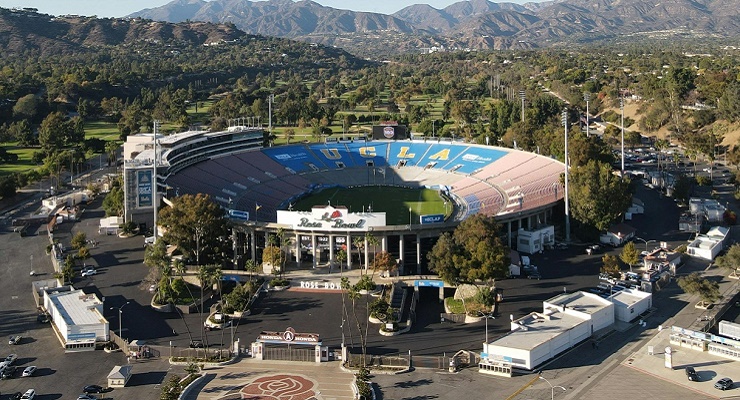
Current drought conditions across California are prompting a new awakening among urban dwellers about just how important agriculture is in their own lives.
While great distances lie between farmland and the dense urban neighborhoods of Pasadena and the San Gabriel Valley, city dwellers and farmers remain closely linked by a common, critical challenge: economic well-being. It’s not just that farms feed the cities. It’s that agriculture supports jobs and economic prosperity, provides local food sources that communities prefer, preserves open space and offers environmental benefits.
Of these, the most important are the economic benefits that provide jobs— not just in the groves and orchards but also in the cities. Southern California’s farm gross revenue exceeds $9 billion annually, in the top 10 among all states. Agricultural industries— including farming, support activities and food processing— produced $48 billion in sales and directly employed 160,000 workers in 2010, according to a recent study from the University of California Agricultural Issues Center at Davis .
This Southern California bounty is dominated by fruit crops, with strawberries (nearly $1 billion) and avocados ($400 million) leading the way. Dozens of other crops exceed $200 million. According to the study, farming alone produced $9 billion in sales and employed 40,000 people. “Accounting for the ripple effect,†the study indicates, “agricultural industries generate about 450,000 jobs, $25 billion in labor income and $42 billion in value added†in the region.
Given these critical contributions, several questions emerge. What if the drought continues indefinitely? What if California’s troubled water delivery system continues to restrict traditional flows to Southern California? What if water rates to farmers keep escalating until they reach an unsustainable level that causes farms to shut down?
The solution to the twin threats to our region’s farming economy — dwindling water supplies and rising water rates — must involve both rural and urban communities. Residents and businesses must realize that a decline in agriculture can result in higher costs to them. They can also vocally support the job creation that farming and growing provide to their urban neighbors in the food processing and distribution services industries.
Farmers and growers already have invested in high tech irrigation systems and should continue to do so. Water agencies should recognize agricultural customers as good customers worth preserving, and can support them by adjusting agricultural water rates. Such rates would help farmers and have an almost negligible effect on urban customers.
The first step is for our broader community to understand in the first place that the threat to agriculture is real and it affects everyone, even city-dwellers who haven’t visited a farm since childhood. As the Contributions of Agriculture study concludes, “…agriculture remains a vital part of the Southern California economy, accounting for hundreds of thousands of jobs, billions of dollars of economic activity, and substantial tax revenues while providing open space, visual amenities and an important link for the increasingly urban population to its food and agricultural roots.â€
Tom Bellamore is the president of the California Avocado Commission, which represents thousands of avocado growers across Southern California.Â


















